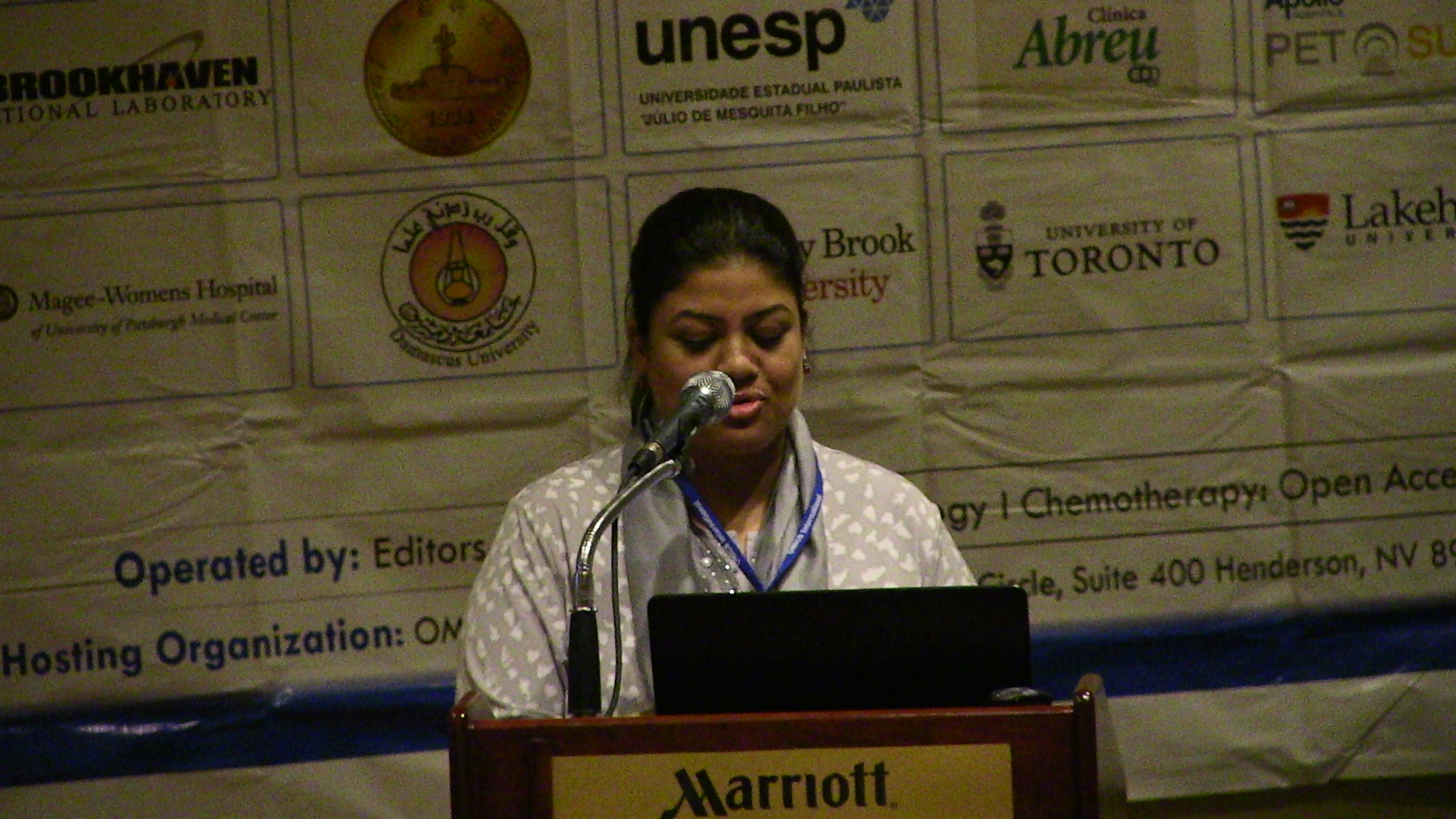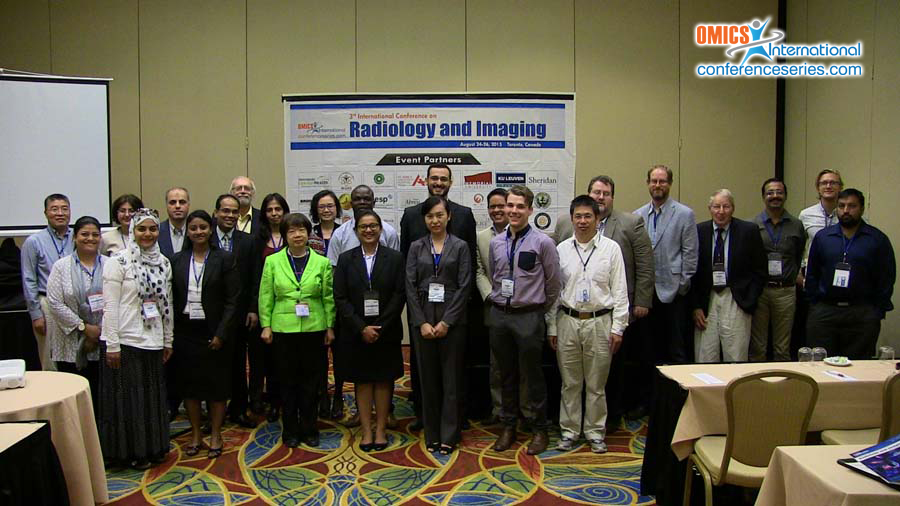
Sunanda Bhatnagar
Maharashtra University of Health Sciences, India
Title: Ultrasonographic imaging of salivary glands: An early predictor of Sjogren’s syndrome in patients with rheumatoid arthritis
Biography
Biography: Sunanda Bhatnagar
Abstract
Rheumatoid arthritis is a slowly progressive systemic chronic inflammatory disease of the connective tissue which affects joints, often leading to permanent deformity, influencing other systems also. Sjogren’s syndrome is a chronic auto-immune disorder of the exocrine glands with associated lymphocytic infiltrates. Dryness of mouth and eyes referred to as Sicca syndrome results from involvement of the salivary and lacrimal glands. This exocrinopathy when occurs in the presence of another auto-immune disorder such as Rheumatoid arthritis is termed as secondary Sjogren’s syndrome. This paper is based on a combined radiological and fundamental study of salivary glands aimed to assess the ultra-sonographic technique as a sensitive and an early predictor of Sjogren’s syndrome in patients with Rheumatoid arthritis. The patients were assessed for significant structural changes and salivary functions. Some of the ultra-sonographic findings derived in the study of patients with Rheumatoid arthritis were: Course and heterogeneous parenchymal echo pattern, a few levels IB lymphadenopathy, increased or decreased vascularity, coarse honeycombed parenchymal appearance. The suggested conclusion of this paper is that ultrasonography of salivary glands with Rheumatoid arthritis compared with normal subjects is an effective method for diagnosing early changes and that patients with early onset and long standing history of Rheumatoid arthritis showed representative structural changes, suggestive of increased pre-disposition to secondary Sjogren’s syndrome.


